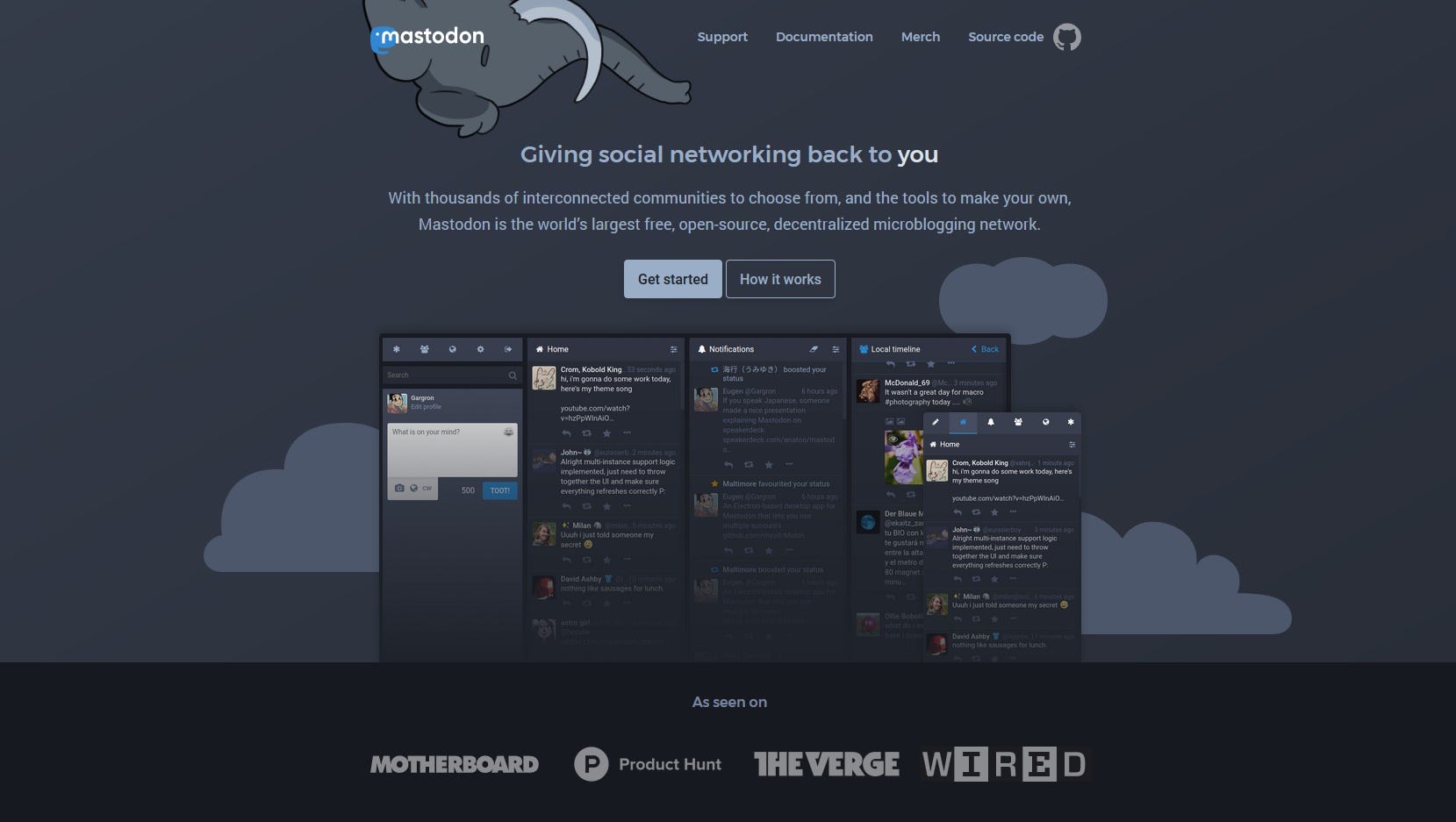<!--*Bot logic* refers to the situational effect of bots upon a socio-technical ecology and their potential to infiltrate and co-exist with server-side conditions. -->
> digital platforms enacting a twofold logic of micro-level technocentric control and macro-level geopolitical domination, while at the same time having a range of generative outcomes, arising between these two levels[^platformlogic]. [this needs a bit of further unpacking it is too abstract to comprehend now]
On commercial platforms, the engagement of users creates economic value that is translated through data capture and organisation. Data is extracted from users and used to calculate relevance, make recommendations and target users for advertisements. While bots can and do support this economy, they can also undermine it. In the case of buying bot followers, for instance, this can be a means to generate noise in the collected dataset and blur the perception of the user as a set of behaviours that the platform has.
Platforms such as Twitter or Facebook are built as centralized systems: the servers on which information is stored are owned by these companies. The servers are triggering the need for growing data center infrastructures throughout the world. Bots, on the other hand, do not require a lot of computational power in order to run. They can be simply executed from the computers of the bot makers themselves. In fact, bots really point to the materiality of the systems on which they run, as researcher Stuart Geiger points out when he talks about *bespoke code*:
If we consider means of communication as means of production[^means], there is a process of alienation that happens on commercial centralised platforms, where the user has no stake in the development of the material conditions of the platform on which they interact and communicate. From this perspective, the making of bots implies a closeness to the platform that is indicated through the understanding of both the sociological and technical systems that determine the usership of a platform. In order to write a bot, as mentioned before, you need to know what kind of actions are allowed and how the bot would be received by the community.
If we think about a commercial platform as a structure or surface on which actions can take place, these actions are often predefined by the affordances of the platform. However, bots are the automation of certain actions and behaviours. To be able to define these behaviours, a user needs to be provided with the means to alternate the socialities of a platform.
<!-- It is good to note however, that by referring to*platforms* in the points below, we refer to commercial infrastructures (not federated and free software platforms such as those present in the Fediverse, which have a different kind of dynamics[^theses]). -->
These *bot logic* arguments were written with centralised platforms in mind. However, exciting developments are happening on federated platforms such as Mastodon, where users are part of defining features and possibilities of interaction.
To understand the differences between centralised and decentralised platforms, it is useful to compare two communication platforms that employ different network topologies and governance models: Twitter (centralised) and Mastodon (decentralised, federated)[^mastodon]. Both microblogging platforms have a significant amount of bot agents.
As opposed to Twitter, Mastodon is a free and open source self-hosted networking service. Anyone can become a node in the network by installing the software and thus federate with other servers. The nodes, or user bases, are referred to as "instances" which have community-determined norms. There, the norms of the platform and the way they are codified into the technical structure are more often revised and reformulated together with the people using the platform, such as a Code of Conduct.
Mastodon is part of a bigger network, which is also known as *the Fediverse*, which has grown into a social media space that is currently used by more then 5 million people. In contrast to social media platforms as Twitter, Instagram or Facebook, it consists of a whole range of different *kind of* social media: blogs, micro-blogging, photo sharing, video sharing, link sharing, etc., that can exchange posts and content with each other. Each instance does this, however, under their own terms. In contrast with the top-down organisation of centralized networks, the Fediverse and its federated network typology allow different groups to configure their network differently.
Each network is shaped by its stakeholders. Sometimes this is a single individual, sometimes a group of peers that share the same interest and other times an organisation. Often it is the system administrator(s) of a network who decides what the rules are: Who can publish? What kind of material can be published? What communication features are available?

With a different infrastructural system comes a different type of rule set. The federated network structure of the Fediverse also has consequences for bots. On platforms like Mastodon, bots need to both comply to the terms of services of the API and to community agreements, such as the aforementioned Codes of Conduct or Community Guidelines.
<!-- , as Aymeric Mansoux and Roel Roscam Abbing have pointed out in their article*Seven Theses on the Fediverse and the Becoming of FLOSS*[^theses]. -->
<!-- [mb: insert quote from A & R here? Now we only mention the text.] -->
<!-- [^theses]: Mansoux, A., Roscam Abbing, R. (2020). "Seven Theses on the Fediverse and the Becoming of FLOSS"*The Eternal Network: The Ends and Becomings of Network Culture, eds. Kristoffer Gansing and Inga Luchs, Amsterdam: Institute of Network Cultures, and Berlin: transmediale e.V., Feb 2020, pp 124-140.* -->
[^geiger]: Geiger, R. Stuart (2014). "Bots, bespoke, code and the materiality of software platforms" *Information, Communication & Society. DOI: 10.1080/1369118X.2013.873069*